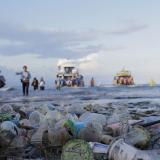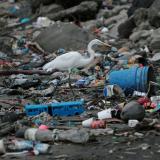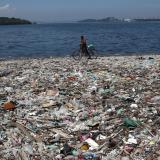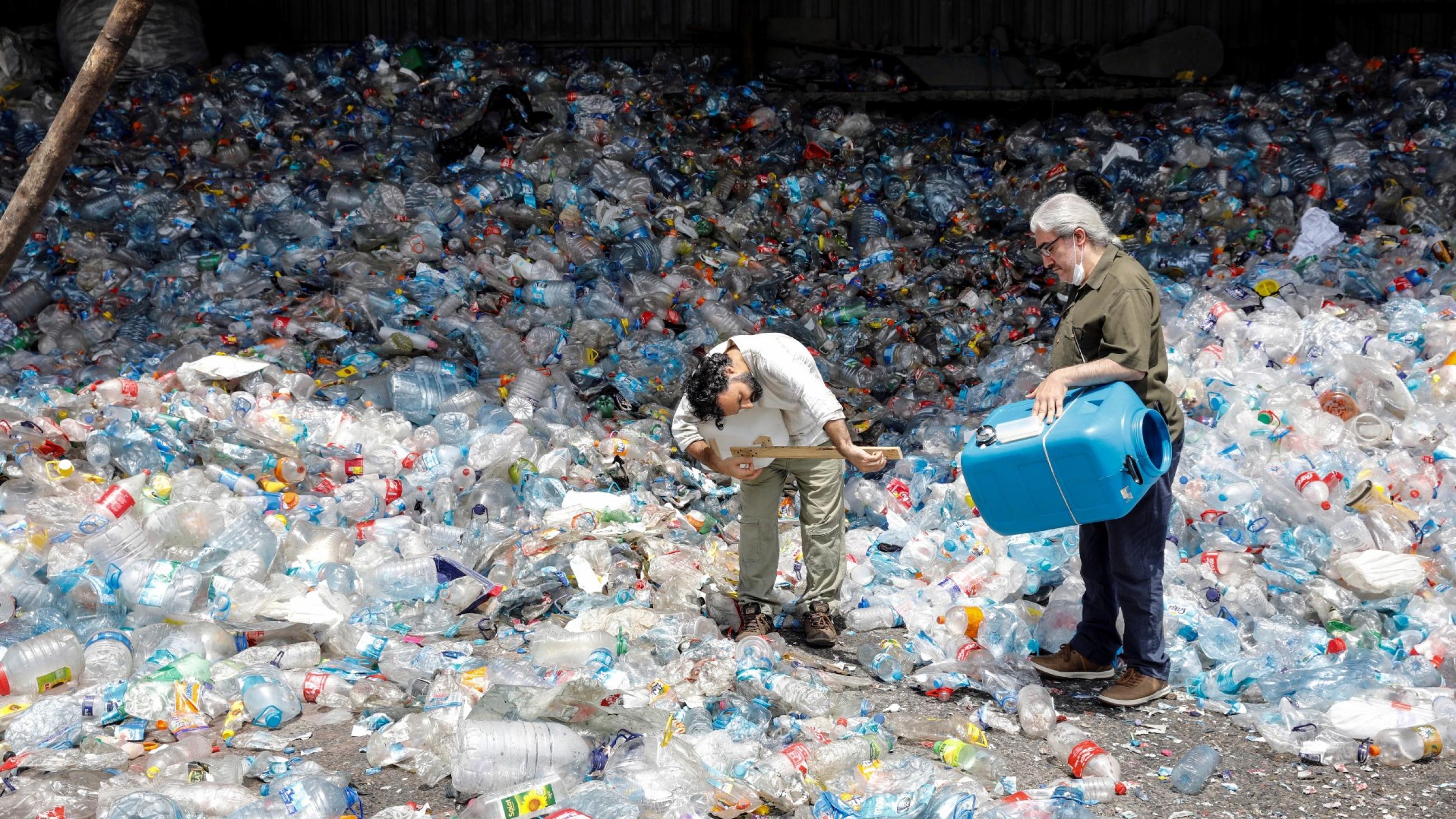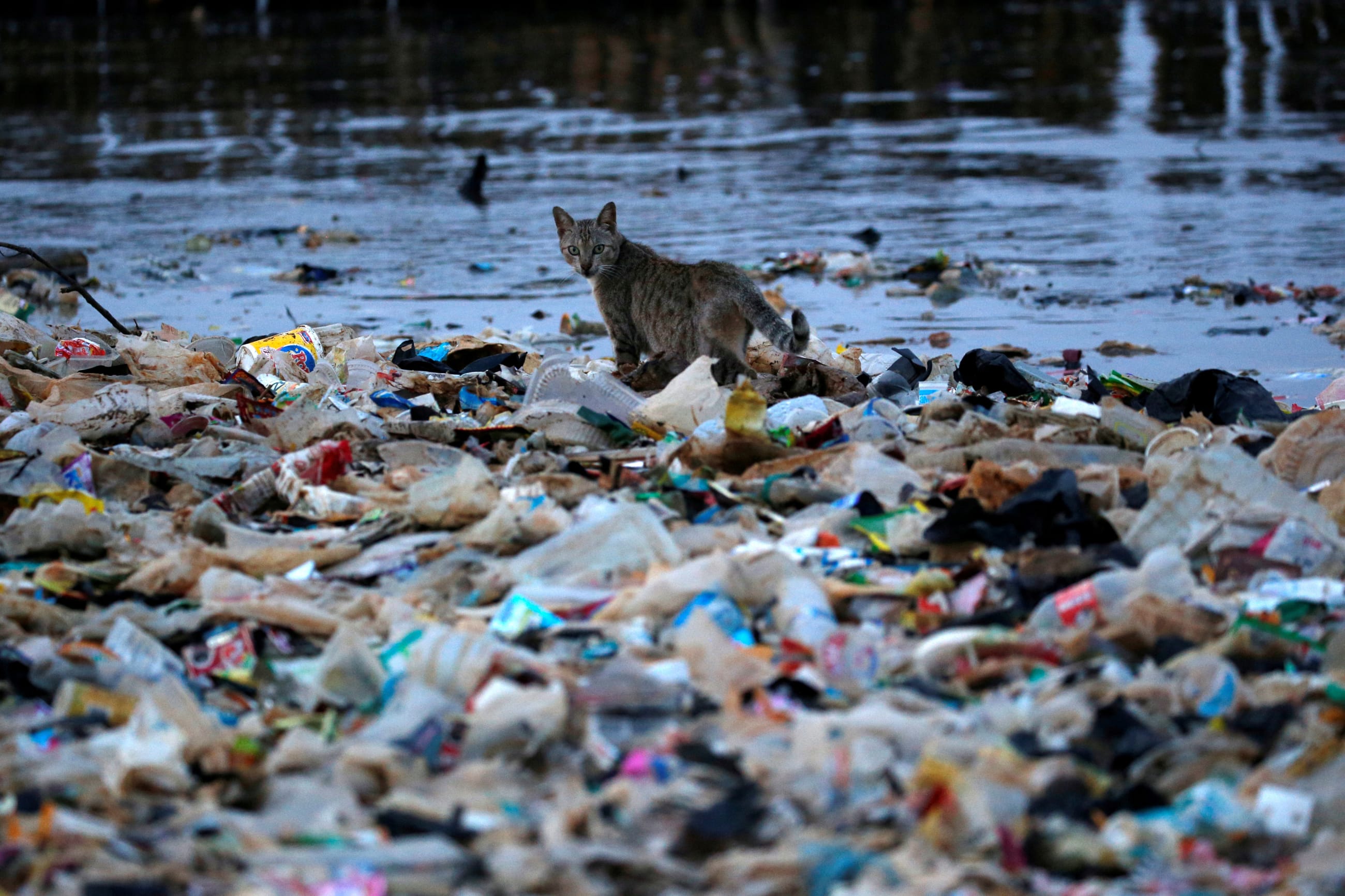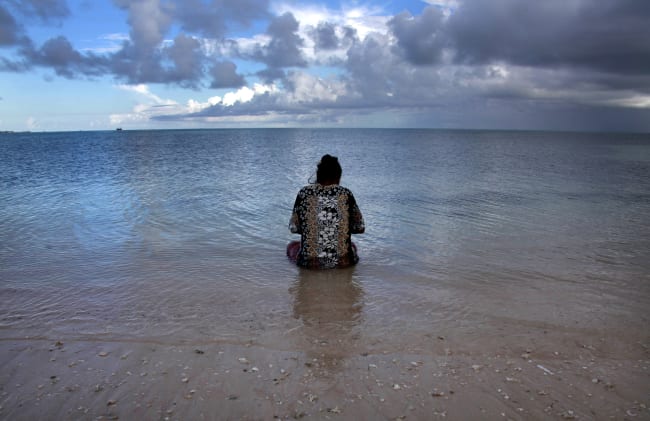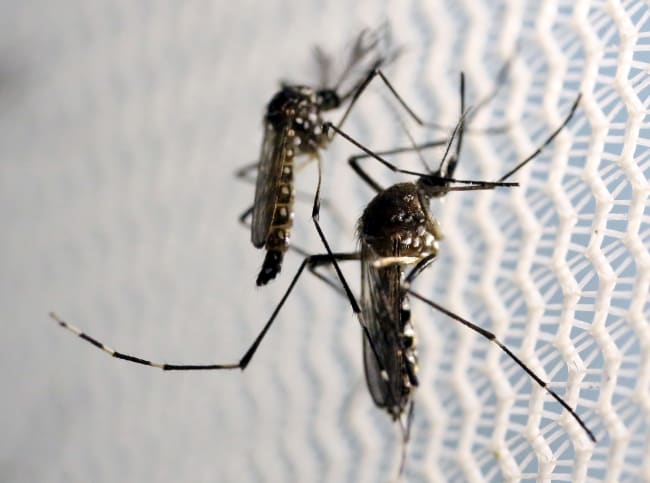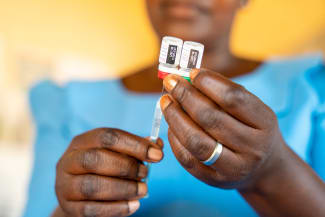Microplastics. They're in our air, they're in our hair, they're everywhere. But in all seriousness, microplastics, or small pieces of plastic less than 0.2 inches (0.5 centimeters) in length, are increasingly a health hazard for oceans, animals, and people. First described in the 1970s, microplastics have continued to wash up along shorelines, find their way into the food we consume, and permeate our organs. Since they were first discovered, the amount of microplastics in the surface ocean—from zero to 330 feet below the ocean's surface—has risen exponentially, from 4,700 tons in 1970 to 584,000 tons in 2020. As reports discussing the negative health implications of these tiny plastics continue to make headlines, more people and companies are working to reduce their consumption of single-use plastics—a major contributor to microplastics—and to clean plastics from the ocean.
Our slideshow highlights microplastics and some of the positive strides society is making toward reducing their prevalence in the environment.
